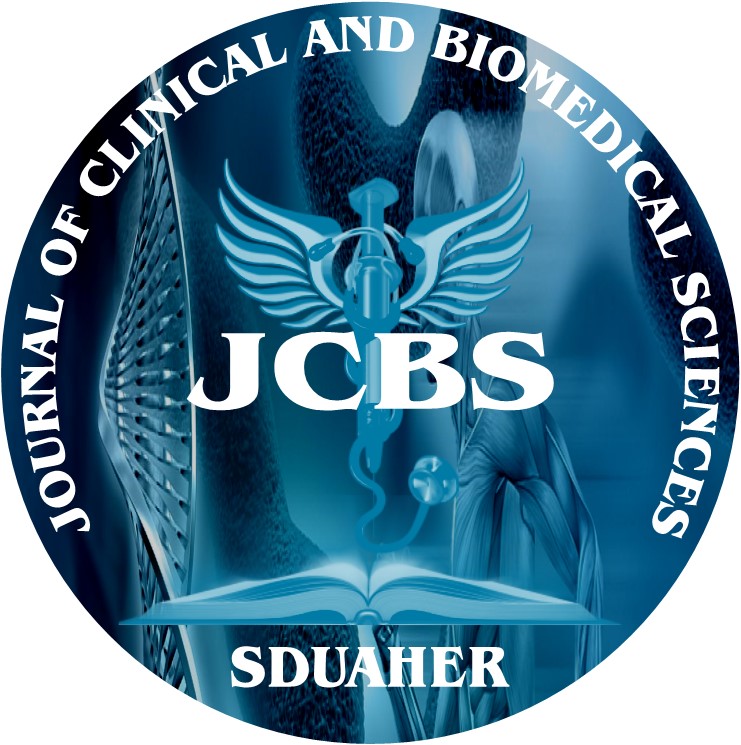


Journal of Clinical and Biomedical Sciences
Year: 2013, Volume: 3, Issue: 2, Pages: 72-79
Original Article
Mannem Chethana, Harendra Kumar ML1 , Munikrishna M2
Department of Pathology, Kempegowda Institute of Medical Sciences, Bengaluru 1 2 Department of Pathology and Obstetrics and Gynaecology , Sri Devaraj Urs Medical College, Tamaka, Kolar
*Corresponding Author
E-mail: [email protected]
Background: Uterine leiomyomas are steroid dependent tumours. The endometrium responds cyclically to these hormones. This study thus reviews histopathologic changes in endometria of leiomyomatous uteri. Objectives: To Study histopathologic changes in endometria of leiomyomatous uteri. Identify endometrial changes which help to suggest a diagnosis of uterine leiomyomas on endometrial curetting. Methods: 100 cases of leiomyomatous uteri were studied. Parameters were evaluated by descriptive statistical analysis. Chi-square/ Fisher Exact test was used to find the significance. 95% Confidence Interval has been computed to find the significant features. Results: Leiomyomas commonly presented between 41-50 years, mostly in multiparous women as menorrhagia. Proliferative / hyperplastic endometrium was usually seen. Other epithelial cell changes seen were dilated, elongated or distorted glands, glands parallel to muscle fibres and glands separated by muscle fibres. Conclusions: Leiomyomas are steroid dependent tumours wherein the endometrium manifests mostly as proliferative phase or hyperplasia suggesting estrogenic prevalence. Association with multiparity explains the need for progesterone in maintenance of leiomyomas. Mixed findings such as few glands showing a particular menstrual phase admixed with some showing atrophy or polyposis, together with distorted, dilated or elongated glands and muscle fibres between glands in endometrial curetting, could suggest a possibility of uterine leiomyoma. The study is useful where other diagnostic modalities are a matter of concern in the evaluation of menorrhagia, and leiomyomas being the most common cause for menorrhagia.
Key words: Leiomyoma, Endometrium, Menorrhagia.
Subscribe now for latest articles and news.